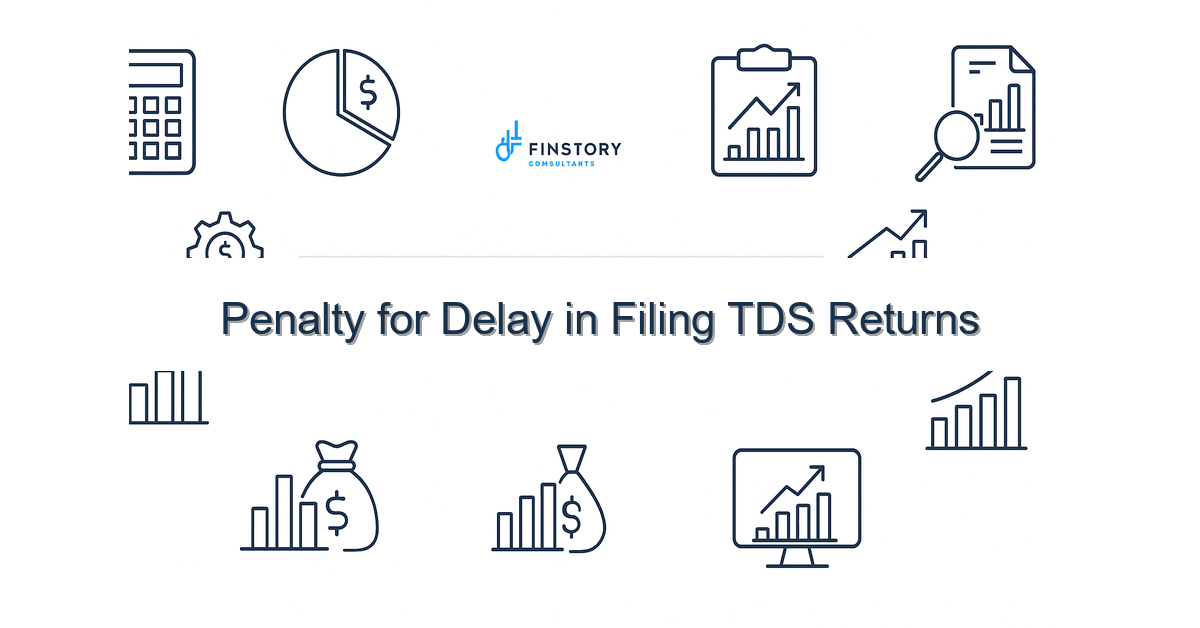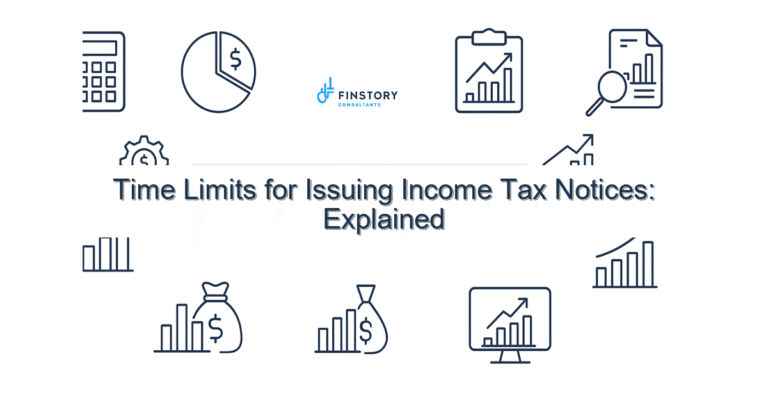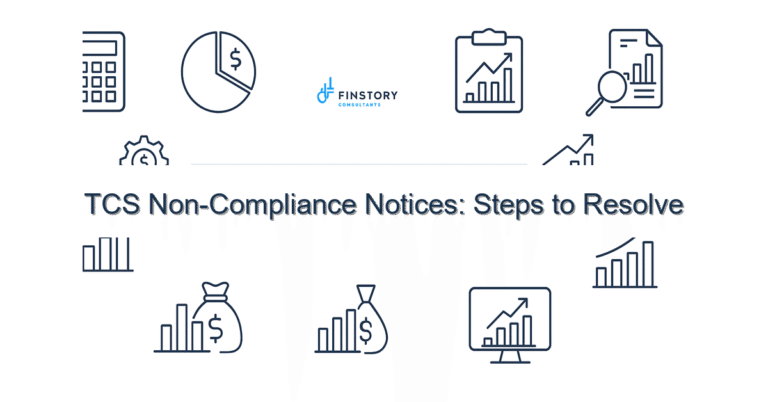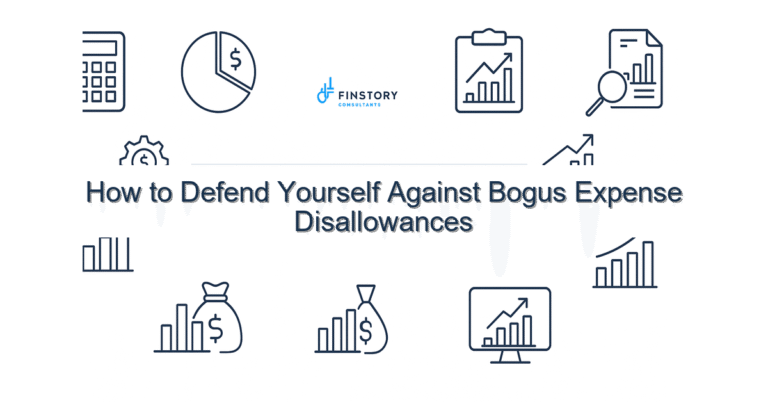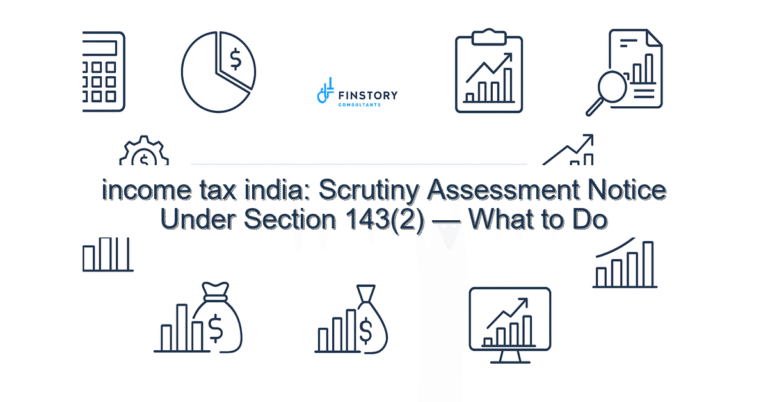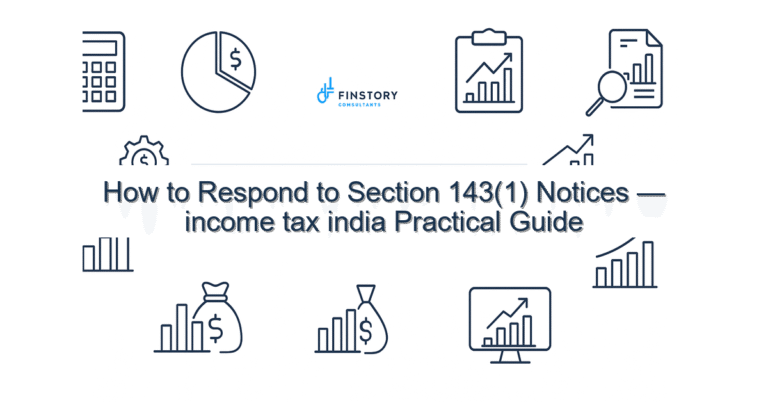Penalty for Delay in Filing TDS Returns
We know the anxiety: you filed salaries, paid vendors, and still received a notice for late TDS returns. Between payroll fires, client deliverables and GST filings, TDS compliance often feels like one more urgent mountain to climb.
Summary: Late TDS/TCS returns in India trigger a per-day fee, possible penalties and mismatches in AIS/26AS that can block refunds — but with a simple checklist and timely fixes many taxpayers (salaried, professionals, founders, MSMEs) can limit fees and avoid escalation.
What’s the real problem in India?
Many taxpayers struggle because TDS/TCS compliance sits at the intersection of payroll, vendor payments and income tax reporting. The tax calendar uses AY/PY terms and specific forms (24Q, 26Q, 27Q) while CBDT issues timelines that change periodically — making it easy to miss a due date or misunderstand the impact on ITRs and refunds.
- Symptoms: late filing notices for Form 24Q/26Q; daily fees under Section 234E appearing unexpectedly.
- Symptoms: AIS/26AS doesn’t show credits because returns or challans weren’t filed/mapped.
- Symptoms: refunds delayed because TDS/TCS statements were not reconciled before ITR filing (ITR filing last date pressure).
What people get wrong
Common pitfalls include assuming TDS is only about depositing money. Filing the return on time is a separate legal requirement. People also confuse late deposit interest with the late-filing fee. Others delay reconciliation and then file ITRs under the wrong details, leading to notices. And startups or MSMEs often overlook director or authorised-person liabilities tied to TDS defaults.
A better approach
Treat TDS/TCS compliance as a monthly-to-quarterly routine with a short reconciliation runbook.
- Track due dates: mark quarterly return due dates for Forms 24Q/26Q/27Q and monthly challan dates; align with AY/PY and CBDT circulars.
- Deposit then file: ensure TDS is deposited before filing the statement; if deposit is late, calculate interest under Section 201(1A) separately.
- Reconcile AIS/26AS monthly: match deductions claimed by deductees with your statements to catch mismatches early.
- Correct quickly: if you miss a quarter, file the return as soon as possible to limit Section 234E fees and avoid long-term penalties under Section 271H.
- Document and respond: keep proof of communications, challans and corrected statements in case CBDT issues notices.
Real-world example: A 20-employee startup missed one quarter-end filing. Section 234E applied at Rs. 200/day for ~45 days, creating an immediate fee of ~Rs. 9,000. Quick reconciliation and corrected filing prevented a higher discretionary penalty under Section 271H and cleared employees’ AIS/26AS so their ITRs processed smoothly.
Quick implementation checklist
- Check whether TDS was actually deposited for the quarter (verify challan on the bank portal).
- Log in to the e-filing portal and confirm if the TDS return for the quarter is pending.
- If pending, prepare and file the nil/regular statement immediately; collect deductee details and challan info.
- Compute fees under Section 234E (Rs. 200/day) from due date to filing date and set aside that amount in your ledger.
- If deposit was late, compute interest under Section 201(1A) at 1.5% p.m. (or consult your tax adviser for exact calculation).
- Reconcile filed statement with AIS/26AS after 7–10 days; note and correct any mismatches via correction statements.
- Respond to any IT notices promptly with supporting challans and proof of filing.
- Set automated calendar reminders for future quarters and link responsibility to a named person (payroll head or CA).
- Use TDS tracking tools or your accounting software to flag unpaid or unfiled items weekly.
What success looks like
- Reduced daily fee outgo (lower total Section 234E charges month-to-month).
- Fewer income tax india notices — quicker closure of show-cause letters.
- Higher refund acceptance rate and faster ITR processing because AIS/26AS matches.
- Lower discretionary penalties — fewer or no proceedings under Section 271H.
- Smoother audits and vendor/employee satisfaction because TDS credits appear timely.
Risks & how to manage them
Risk: Accumulating Section 234E fees and attracting discretionary penalties. Mitigation: File as soon as possible, reconcile AIS/26AS and maintain clear documentation.
Risk: Mismatched TDS causing blocked refunds or ITR rejections. Mitigation: Reconcile before ITR filing; delay your ITR filing last date decision until TDS credits are visible, or file a revised ITR if needed.
Risk: Director or officer notices in small companies. Mitigation: Ensure authorised signatories and board approvals are in place; maintain proof of internal controls.
Tools & data
Use the income tax india e-filing portal for filing and checking status. Reconcile against AIS/26AS monthly to see TDS/TCS credits. Other useful tools include dedicated TDS/TCS tracking modules in accounting software, bank challan download utilities and reconciliation spreadsheets. Keep references to Form 16/Form 16A, 24Q/26Q corrections, and maintain copies of payment challans.
FAQs
Q: What is the immediate fee for late TDS return?
A: Under Section 234E, a fee of Rs. 200 per day is levied from the due date until the date of filing. File promptly to limit the fee. Exact calculations can depend on how many days you have delayed, so consult your adviser for precise numbers.
Q: Can TDS late-filing fees be waived?
A: Waivers are rare and discretionary. If you have a reasonable cause, you can respond to notices and apply for relief, but timely voluntary correction is the best prevention.
Q: Will a late TDS return stop my ITR refund?
A: Yes — if AIS/26AS doesn’t show the TDS credit because the statement wasn’t filed or mapped, your refund can be delayed. Reconcile before filing ITR or file corrections quickly after.
Q: How does this interact with other tax planning (Section 80C limit, new vs old regime slabs, capital gains indexation)?
A: TDS/TCS compliance is separate from claiming deductions or choosing tax slabs, but reconciliation is essential before ITR filing so your claimed deductions (like under Section 80C limit) and reported capital gains (with indexation where applicable) reflect correct TDS credits in AIS/26AS.
Next steps
If you’re seeing notices or suspect a mismatch in AIS/26AS, start with a quick reconciliation and preserve all challan proof. If you prefer hands-on help, Finstory can review your TDS history, prepare correction statements and help you respond to notices to limit fees and penalties.
Work with Finstory. Speak with an Expert for a personalised plan to reduce your tax outgo and stay compliant. Book a free 20-min consultation.
📞 Need help with Income Tax in India?
Book a 20-min consultation with our tax team. Individuals, founders & MSMEs welcome.
Prefer email or phone? Write to info@finstory.net
or call +91 44-45811170.
